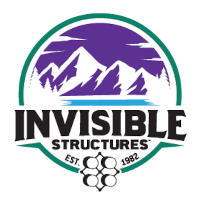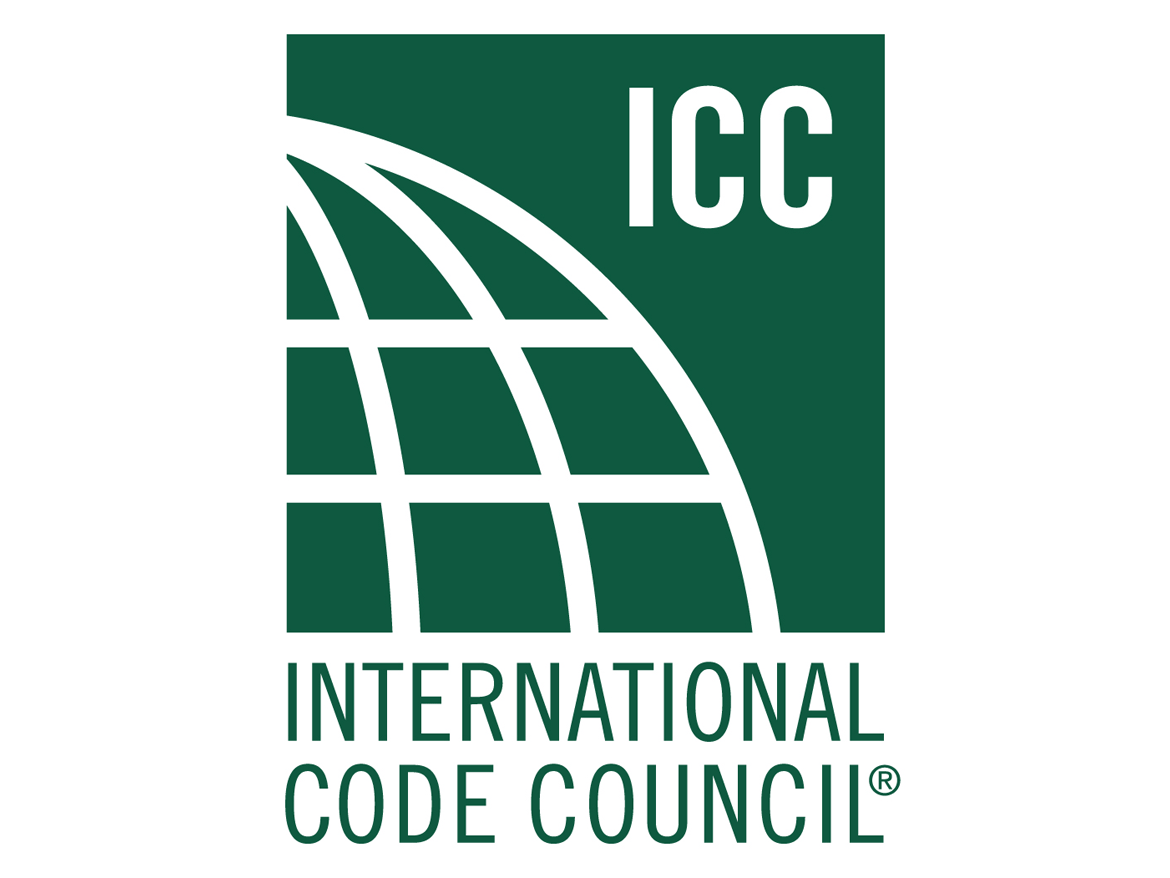Sustainable Solutions for Effective Stormwater Management
Stormwater solutions for an ever-changing environment
Sponsored by Invisible Structures, Inc. | Presented by Nick Daiker
Webinar On-Demand
This course covers the fundamental principles of porous paving systems, emphasizing their benefits in Low Impact Development (LID) initiatives due to their stormwater management abilities, urban heat island effect mitigation and other capabilities. Participants will learn about the different types of porous paving systems and how to assess them based on performance, maintenance, aesthetics and installation.

Photo courtesy of Invisible Structures Inc.
 |
Nick Daiker is a Technical Sales professional at Invisible Structures, Inc. where he has been part of the team since 2021. He specializes in customer service, national sales distribution, and providing technical education and resources for architects and engineers. Nick takes pride in helping the stormwater community design innovative solutions for a more sustainable future. His favorite part of the job is collaborating with engineers on Rainstore³ layouts and learning from other professionals in the field. Outside of work, Nick enjoys spending time outdoors with his wife and young daughter. |
Invisible Structures was the first and is the best solution for porous paving and stormwater management. We provide a beautifully simple answer to a complex challenge. Our grass porous paving, gravel porous paving, underground stormwater storage, erosion control, drainage, and access mats are American-made, earth-friendly and built to last. We also craft confidence and trust by providing a caring, personal experience from a family-owned, service-driven company. Like our products, we provide the strongest support in the industry.
Originally published in Architectural Record
Originally published in September 2025
LEARNING OBJECTIVES
-
Describe the fundamental principles behind porous paving systems, focusing on mechanics that allow water to infiltrate through the surface into groundwater sources.
-
Recognize the benefits of porous pavers in Low Impact Development (LID) initiatives due to their role in efficient stormwater management and mitigating urban heat island effects, among others.
-
Identify and evaluate different types of porous paving systems based on key factors like long-term performance, maintenance, aesthetics and installation.
-
Select the right type of porous paving for real-world applications by considering project-specific conditions like expected traffic loads and local climate.
-
Specify porous pavers to comply with local stormwater management regulations (where applicable) and earn points towards green building certifications like LEED and SITES.











